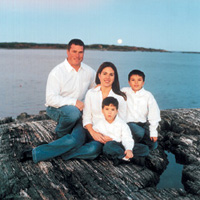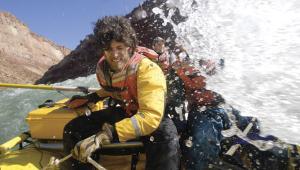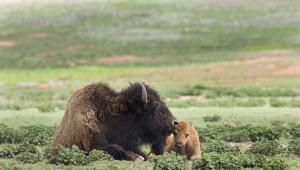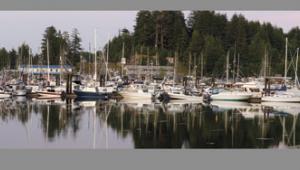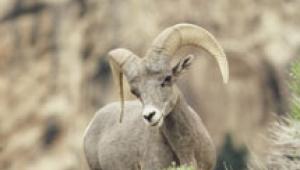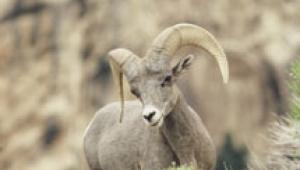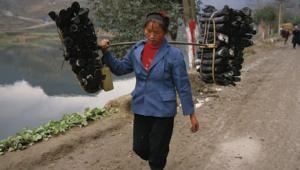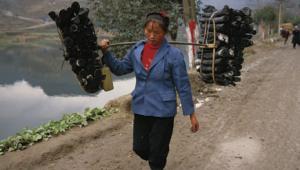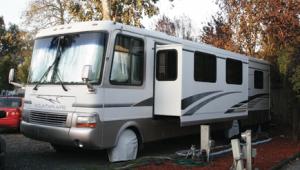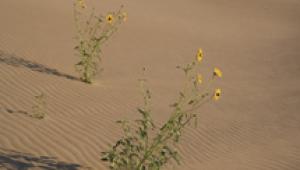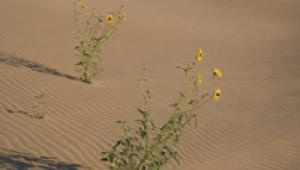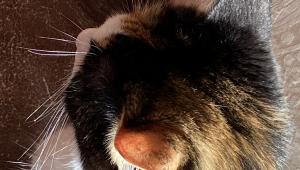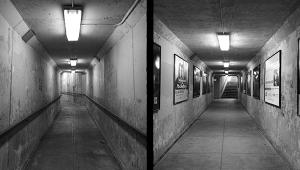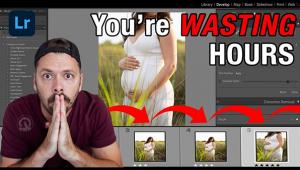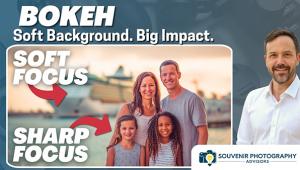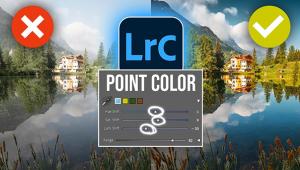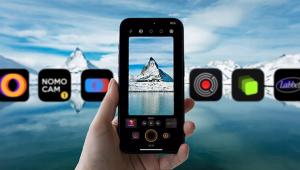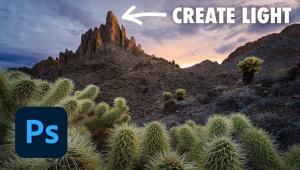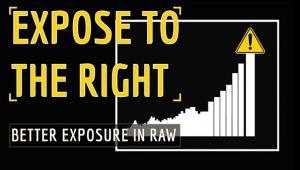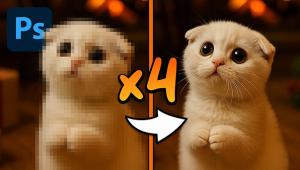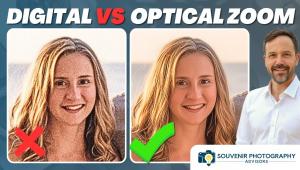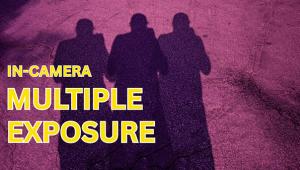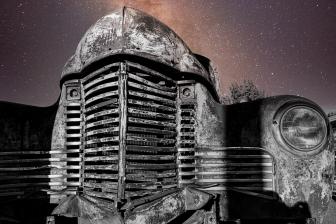Shoot High Speed Films At The Beach
One Pro Tells Why
I love doing sessions at
the beach. But I also have very strict rules about what I do, when I
do it, and how much income I expect to derive from it. This is because
I only do one beach session per day. Why? Because I prefer using natural
light and that means I have about a 30-minute window of light at the
end of the day, which means that in July and August I am sometimes shooting
at 8:00 at night. Since the sessions are restricted by time of day and
lighting, I have a higher minimum order on beach sessions than other
sessions. Make sense? It does to me and my clients, so I'm sticking
with it. |
|||
Here's the rationale for shooting so late in the day. I'm on the East Coast (New Hampshire) and the only time I can get soft light on both the faces and the ocean background is late in the day. That's because the sun has set in the west (bright, ain't I?) and my main light source is the reflected light from the western sky. It's just beautiful. The only bad thing about it is its short duration and the fact that the best light of the day also comes when it's dark, and getting darker! There's always a catch! Many times I will get there with my clients and wait until the light is right. If I try to shoot too early, the sky over the beach is too bright. So I wait. Film Selection |
|||
With that taken care of, let
me also say that I take over 90 percent of my film images with film that
has an ISO rating of 400. With the high quality of today's films,
I just don't see any need to sacrifice film speed for quality. I
have 24x30 images in my studio from medium format negatives that look
great. It's pretty rare that I go above that size, and when I do
it's usually predetermined. So that's why I use what I do. |
|||
A Matter Of Taste |



